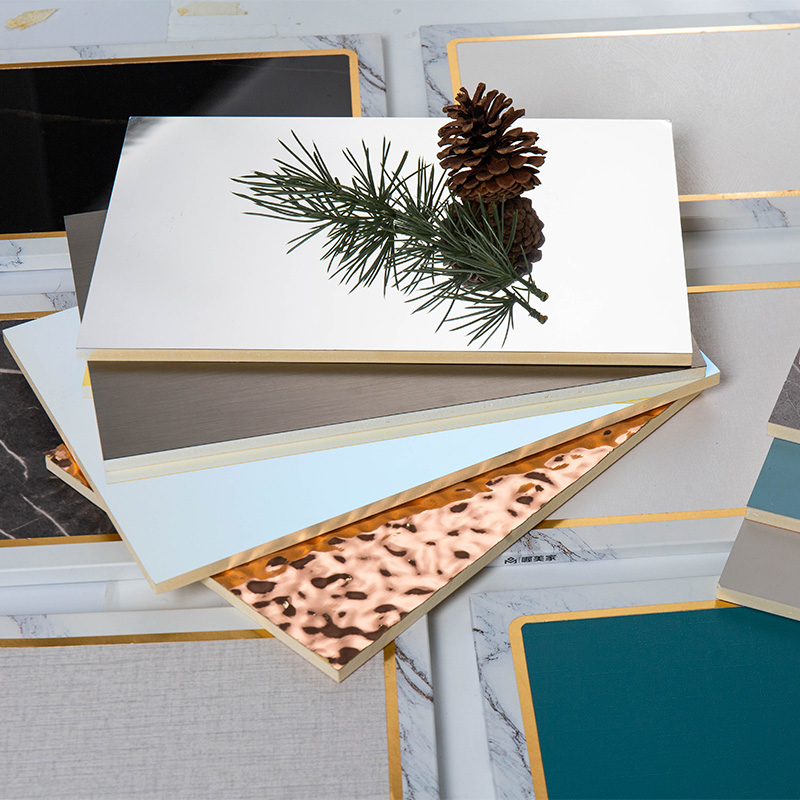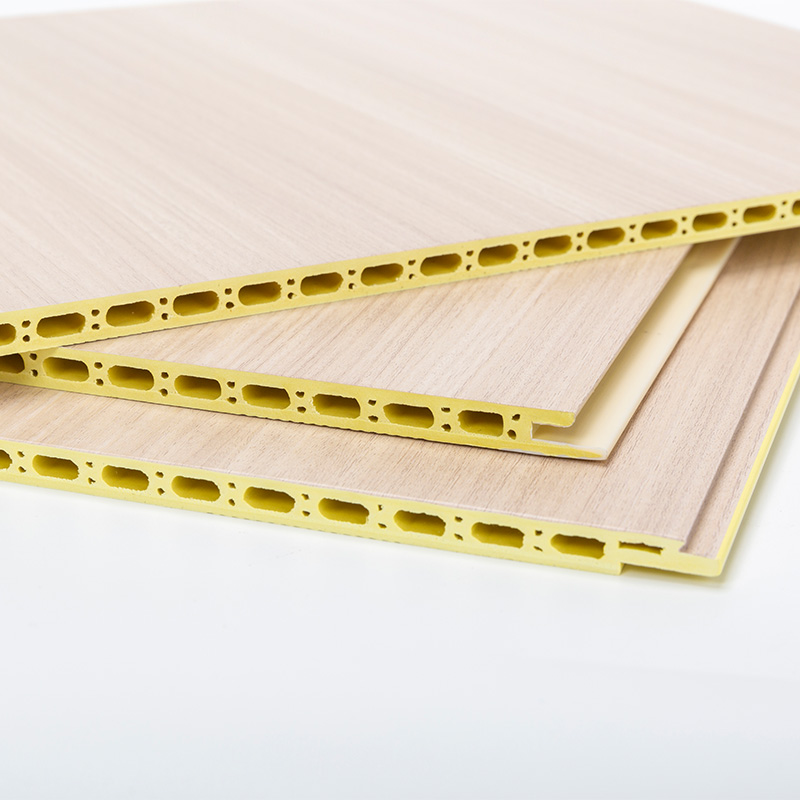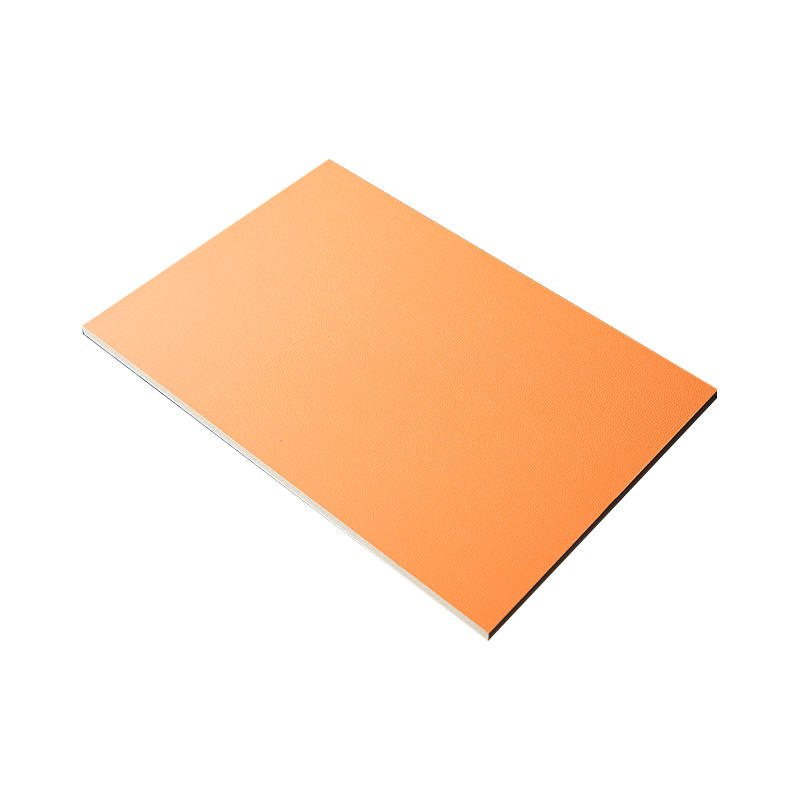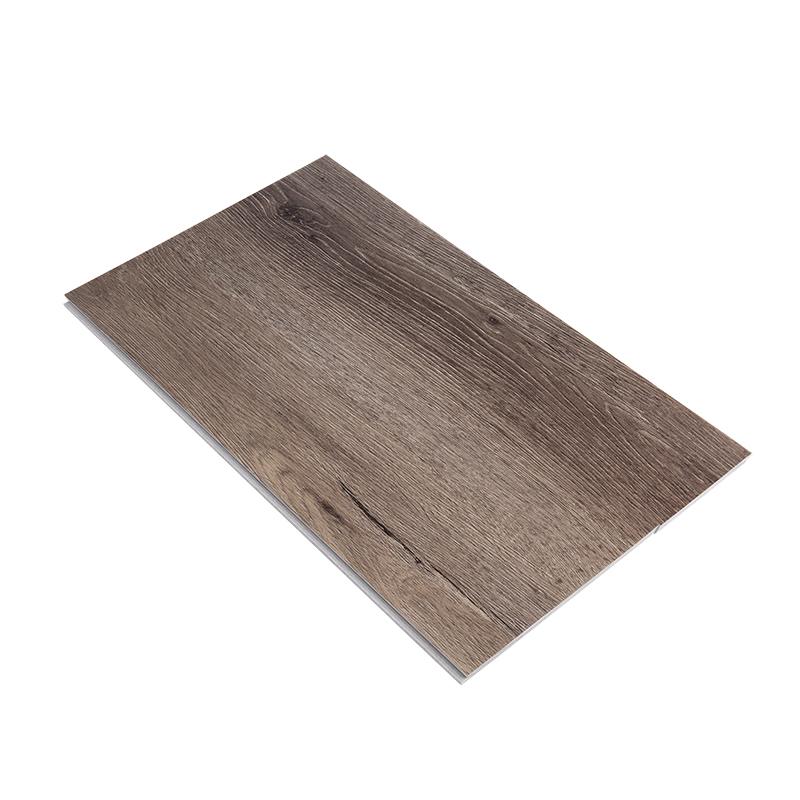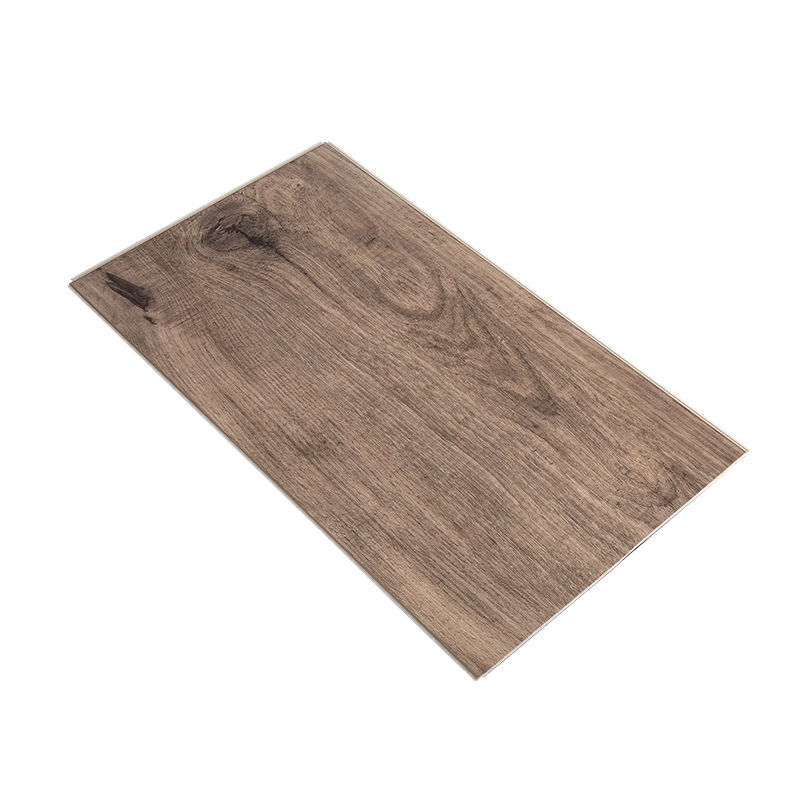+86-18367343973
- 1 1. Introduction to WPC wall panel interior
- 2 2. Design Possibilities – WPC wall panel interior design ideas
- 3 3. Step‑by‑Step WPC wall panel interior installation guide
- 4 4. Practical Maintenance – WPC wall panel interior maintenance tips
- 5 5. Why Choose It? – WPC wall panel interior benefits for homes
- 6 6. How Our Company Supports Your Project
- 7 7. FAQ
As modern interior design evolves, homeowners and project developers alike are seeking innovative wall‑cladding solutions that combine aesthetics, durability and ease of installation. At Haining Yunxi New Material Technology Co., Ltd., we have long been focusing on the independent research and development and production of wood veneer wall panels and flooring, offering a rich product system in the industry. With this background, we are well‑positioned to explore how a WPC wall panel interior can enhance both residential and commercial spaces. In this article, we will review inspiring WPC wall panel interior design ideas, provide a practical WPC wall panel interior installation guide, share useful WPC wall panel interior maintenance tips, highlight the key WPC wall panel interior benefits for homes, and run a clear WPC wall panel interior comparison to traditional wall cladding to help you make informed decisions.
YXWPC1225 5mm Thickness 122cm Width Indoor/Outdoor Wall Decoration Board Waterproof WPC Wall Board
1. Introduction to WPC wall panel interior
What is a WPC wall panel?
- A WPC (wood‑plastic composite) wall panel is a composite material combining wood fibers and plastic polymers, engineered for interior cladding purposes.
- In the context of interior use, WPC wall panel interior refers to the installation of such panels on walls and sometimes ceilings within indoor environments, with decorative and functional purposes.
Why it is gaining popularity in modern interiors
- Designers are embracing WPC wall panel interior design ideas because these panels offer versatile textures and finishes while addressing durability demands.
- Many modern projects require low‑maintenance, moisture‑resistant, and eco‑friendly materials — all of which WPC wall panel interior solutions deliver.
2. Design Possibilities – WPC wall panel interior design ideas
Styles and textures available
- Wood‑grain finishes that mimic natural timber while avoiding warping or pest issues typical of real wood.
- Stone or marble effect surfaces for accent feature walls in living rooms or lobbies.
- Fluted or slatted profiles that introduce texture and depth into the wall surface, enhancing light and shadow play.
Matching WPC panels with different décor themes
- For minimalistic interiors: matte solid‑coloured panels with subtle join lines.
- For Scandinavian or natural themes: light wood‑grain panels paired with pale furnishings.
- For high‑end commercial spaces: dark wood or stone‑effect panels with metallic trim, aligning with modern luxury aesthetics.
3. Step‑by‑Step WPC wall panel interior installation guide
Site preparation and measurement
- Ensure the wall surface is clean, dry, flat and free of defects.
- Measure the wall height and width accurately; plan panel layout including any cuts or joins.
Installation techniques and best practices
- Use adhesive or mechanical fixings appropriate for indoor use; many panels allow screw, clip or adhesive mounting.
- Begin from a corner, align panels vertically or horizontally depending on design intent, and maintain level alignment throughout.
- Trim panels carefully at edges and install finishing trims for a clean look.
Common pitfalls and how to avoid them
- Avoid installing on very damp or uneven surfaces — this can compromise performance.
- Cutting errors: use proper tools and follow layout lines to ensure joints remain tight and aligned.
- Mixing batch lots may produce slight colour/texture variance — plan accordingly.
4. Practical Maintenance – WPC wall panel interior maintenance tips
Routine cleaning and care
- Most interior WPC panels only require a soft cloth or mop with mild soapy water — no sanding or refinishing needed.
- Check for damage annually — though the material is durable, impact zones (e.g., furniture backs) benefit from occasional inspection.
Long‑term durability considerations
- Ensure no direct prolonged UV exposure where not designed for it; although interior panels are shielded, strong light may affect some finishes.
- If panels are near moisture‑rich zones (e.g., bathrooms), ensure ventilation remains good and that sealing at joins remains intact.
5. Why Choose It? – WPC wall panel interior benefits for homes
Performance advantages
- Moisture‑resistant: Unlike natural wood, WPC panels resist warping, cracking or mould in humid environments.
- Durable and low‑maintenance: Panels last 20‑30 years with minimal upkeep.
- Eco‑friendly: Many WPC panels use recycled materials, reducing dependence on virgin timber.
Cost/benefit perspective
- Though upfront cost may be higher than basic plaster or MDF cladding, the longer lifespan and lower maintenance yield strong life‑cycle value.
- Faster installation (as shown in installation guide) reduces labour cost and disruption.
Comparison: WPC wall panel interior comparison to traditional wall cladding
Here is a direct comparison between a WPC wall panel interior system and a traditional wall cladding system such as plaster + paint or wood paneling:
| Feature | WPC Wall Panel Interior | Traditional Wall Cladding |
| Moisture resistance | High resistance (composite nature) | Wood may warp/rot; plaster may absorb moisture |
| Maintenance | Low: wipe down only | Wood: refinishing; Plaster: repainting frequently |
| Installation speed | Prefabricated panels allow fast install | Traditional methods often slower (plaster → dry → finish) |
| Durability lifespan | 20‑30 years typical | Wood: ~10‑15 years; plaster: ~15‑20 years depending on finish |
| Design flexibility | Wide range of textures/finishes | Wood: texture limited; plaster: flat finish mostly |
6. How Our Company Supports Your Project
Company background
Haining Yunxi New Material Technology Co., Ltd. have a long‑standing focus on independently researching and producing wood veneer wall panels and flooring. With a rich product system in the industry, we serve both residential decoration and construction projects with various styles and technical needs.
Product system capabilities and project suitability
- We supply comprehensive product lines that support high‑end homes, commercial offices and engineering construction projects.
- Our systems are designed to meet diverse styles of home decoration and various construction types, aligning perfectly with a WPC wall panel interior solution.
Tips for working with us
- Early project planning: discuss design intent (texture, finish, colour) so we can match our product system accordingly.
- Installation coordination: leverage our technical support to ensure proper prep, fixings and finishing touches to maximise lifespan and appearance.
- After‑sales care: we provide guidance on routine maintenance based on our product system's specifications to ensure your investment performs long term.
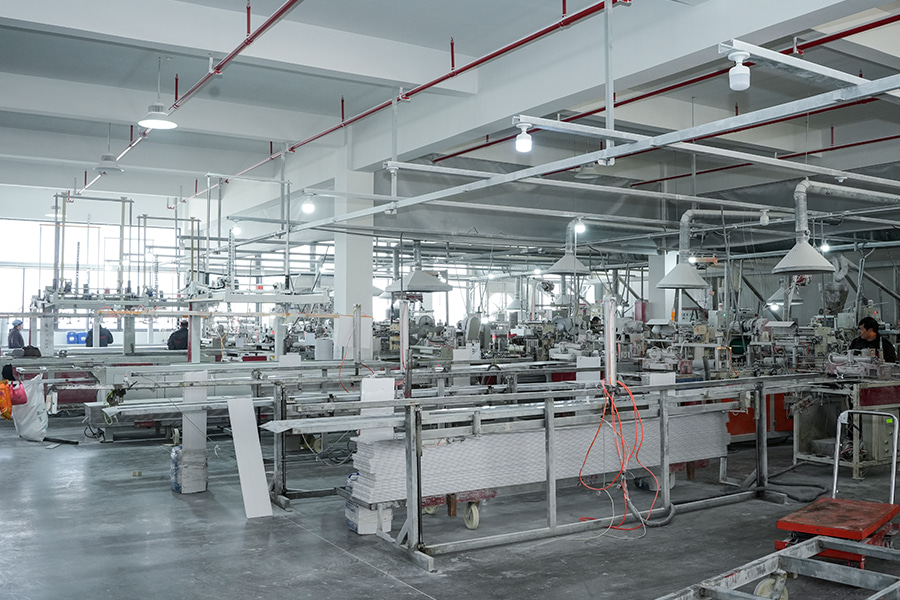
7. FAQ
- What thickness should I choose for a WPC wall panel interior installation?
Answer: It depends on the structural requirements and desired finish; typical interior panel thickness ranges from 7 mm to 18 mm, with heavier usage areas opting for thicker panels. - Can WPC wall panels be used in bathrooms or kitchens?
Answer: Yes — one of the major WPC wall panel interior benefits for homes is high moisture resistance, making them suitable for humid zones when installed correctly. - How long does a properly installed WPC wall panel interior system last?
Answer: With correct installation and maintenance, lifespan is typically 20‑30 years. - Is installation of WPC wall panels more difficult than traditional cladding?
Answer: Not necessarily — while proper preparation is important, many panels are designed for fast, straightforward installation, which is a key point in our WPC wall panel interior installation guide. - How does cost compare between WPC wall panel interior and traditional wall finishes?
Answer: Though the upfront cost may be higher, the lower maintenance, longer lifespan and faster install typically make WPC a favourable life‑cycle value compared to many traditional methods.
